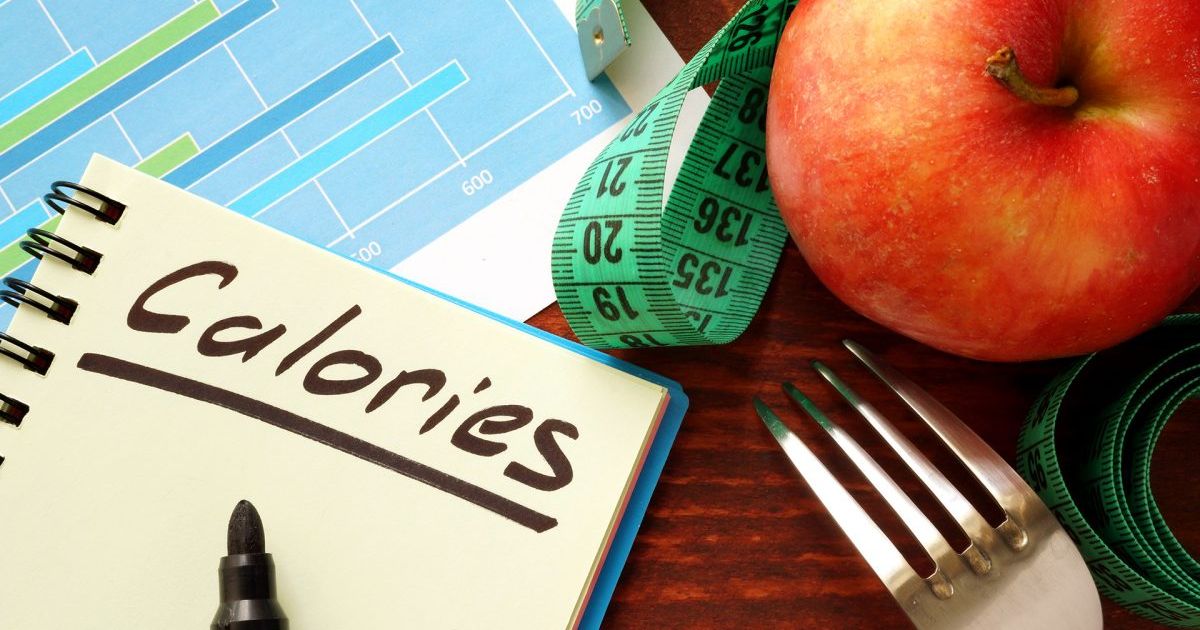What Is Calorie Cycling?
Support for Calorie Cycling

Several studies support calorie cycling. Some individuals originally thought varying their caloric intake would result in less weight loss than total restriction because of the increased caloric intake, though this doesn't appear to be the case. Studies indicate cutting calories leads to a sharp decline in the amount of calories an individual's body burns each day. Restricting calories for just eight weeks can cause an individual's metabolism to burn 250 fewer calories at rest each day, which means they'll regain weight very quickly when they start eating a normal amount of food again. In one study, participants who ate a low-calorie diet for three weeks experienced a resting metabolism decrease of more than one hundred calories. But when they switched to a higher caloric intake, their metabolism became higher than when they first began the study. In some studies, the reduction in metabolism reached levels of five hundred calories each day, which means maintaining a goal weight would involve eating twenty-five percent less food per day. One study involved eleven days of calorie restriction followed by three days of high-calorie eating. Participants lost more weight and had a lower metabolic rate reduction than individuals who restricted exclusively.
Learn how to put calorie cycling into practice next.
How To Put Calorie Cycling Into Practice

Since calorie cycling doesn't have strict guidelines, there are no hard and fast rules for how to put calorie cycling into practice. If there's an approach to overall dieting that works best for an individual, they should stick with that. After a period of dieting, individuals should do a short intermittent period of high-calorie intake. High-calorie days are days where individuals can eat whatever they want, provided it meets their nutritional guidelines. The best time to start a higher-calorie period will vary depending on the person. Usually, a high-calorie period is best from one to four weeks after an individual has been dieting. They should look for physical changes indicating their metabolism is slowing down. Do they have less energy to do physical tasks? Is exercise harder? Are they feeling more tense and stressed-out than usual? These are all signs it's time to eat more.
Look at how to combine calorie cycling with exercise next.
